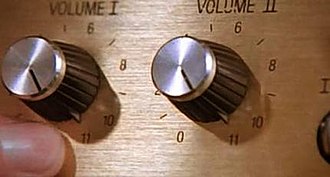This is just a horn-loaded speaker, isn't it? How much power (RMS, in the relevant low frequency band please) will be going into it? If this is a HiFi design, read on, as it may save you a lot of effort. If it's high-power PA (or instrument amplification), all bets are off...
I suspect you are simply making loads of unnecessary work for yourself.
The problem overall isn't a woodworking one. You have other options. Firstly, IIRC, you want a segment of a parabola as the curve. if you can draw it or plot it you can make the formers. You then have a variety of options as to the material: kerfed sheet, bendy ply, fibreglass on chicken mesh on a frame.
To go over a bit of acoustics in rather lay terms:
1. The whole point of the horn is efficient coupling between the drive unit (whatever that is), and the ambient air. You're converting a high-excursion piston effect with big pressure changes into a much wider wavefront, but one that's got smaller changes in pressure. In other words, the horn is an acoustic "transformer".
2. This will be working at low frequencies, with relatively long wavelengths (say around 10 feet, which is roughly the wavelength of sound in air at 100Hz). These frequencies don't couple well into a solid medium such as wood, masonry glass fibre, or whatever, especially if it's not part of a resonant system (part of the point of a horn is that it is _not_ resonant across its width). Aside: I'm ignoring the axial coupling here as it's not all that important, because...
3. ... The pressure waves move tangentially (i.e. parallel) to the horn's surfaces, or they should. There is very little resonance across the horn for several reasons: (1) there's no force acting to cause them; (2) the sides of the horn aren't parallel.
The point of all the above is that, ceteris paribus the construction probably doesn't need to be anything like as heavy and rigid as you think. If your design has parallel sides in the other axis (or sloping ones), you should get ample rigidity from bendy ply--if in doubt use two thicknesses laminated together--or use the ply as a former to make the actual surface in fibreglass, which you can reinforce to your heart's content behind the scenes.
Am I missing something fundamental here?













